
After much deliberation, the official Wyoming Chronic Wasting Disease (CWD) Plan is here. In March, I detailed portions of the proposed plan and some of my thoughts on the overall CWD topic (you can refresh your memory on by clicking here). You can click here to view the Official Plan, and here is a brief synopsis of some key points.
First of all, I want to commend all of the hard working people who are as concerned about this topic as we are. There is no easy answer to the puzzle, especially when there is no “live test” for the big game animals that are affected by CWD. There are 74 pages to the official plan so you can imagine that I can’t possibly cover it all here. These are just items that stuck out to me.
In the Wyoming Game & Fish CWD Plan it states, “Because CWD is a slow-moving disease with only gradual changes in prevalence, measuring prevalence every five years will provide adequate data to detect trends. Rotational surveillance will follow a set five-year schedule within each Department region…Surveillance efforts for each deer and elk herd unit are based on the feasibility of collecting a minimum of 200 samples from adult male deer or adult elk within one to three years, as well as with consideration of additional Department priorities for monitoring and management actions. The success of sampling efforts is dependent upon a suite of factors including harvest strategy (i.e., general versus limited quota hunting, female harvest allowances, season length, etc.), the overall size of the herd unit, landownership patterns, hunter access, hunter participation in the surveillance program, likelihood of the harvested animal being field-checked, and other demands on Department personnel and resources.” (p. 14 of the Plan, Surveillance and Monitoring).
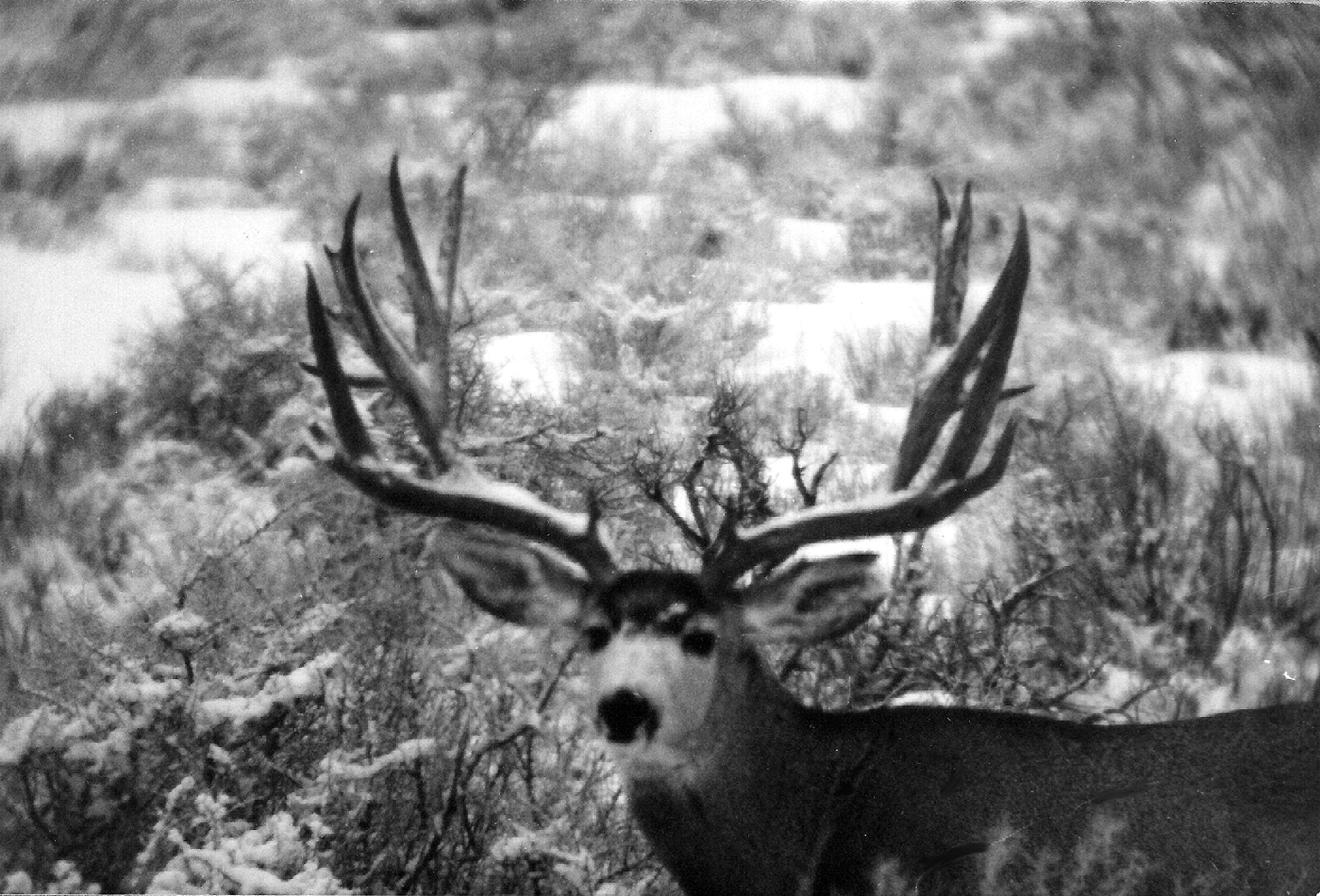
The samples that are gathered from the Game & Fish comes from various sources, including hunter-harvested animals, road-killed animals, and harvest targeting in “hot spots”. We have all been wondering if the Game & Fish would implement the harvest management strategy of killing mature bucks on the winter range (see Recommendation 5.2, Option 1 (Pg. 120) of the CWD Draft Plan mentioned here: https://blog.eastmans.com/cwduh-be-informed-cwd-management-guidelines/). It appears this is an option that is on the table in the official Plan: “Chronic wasting disease prevalence in mule deer is based on adult males (≥2 years old), a standard metric that allows for comparisons of disease demographics across North American jurisdictions. The selection of males is based on monitoring data that demonstrates prevalence in adult males is significantly higher than adult females within the same herd. Moreover, infection is less common in yearlings, and relatively rare in fawns. In addition, because female mule deer harvest is limited in Wyoming, sampling hunter-harvested adult males provides larger sample sizes for assessment of long-term trends in prevalence. Although the focus is on adult males, assessment of yearling male and adult female prevalence is also monitored in those herds where harvest is sufficient to achieve meaningful sample sizes.”
This concerns me for a couple of reasons. Mule deer doe harvest is greatly limited throughout much of the West due to mule deer numbers declining across their historical range. In addition, due to the difficulty in drawing coveted mule deer tags the harvest by hunters is focused on mature bucks since we probably won’t draw that coveted tag again for many years, if ever. Logic would tell me that since many of the samples tested for CWD are supplied by hunters and many of those hunters are harvesting only mature bucks, then the testing of those harvested deer would show a higher prevalence of mature bucks having CWD compared to does and yearlings. There is no “live test” so it obviously isn’t possible to test live does and yearlings at the rate hunter-harvested mature bucks are being tested. On page 19 of the Plan under the section Hunter Harvest Management, you will see more discussion on manipulating hunting seasons to promote more harvest success on mature bucks, i.e. the rut and winter range.
The Game & Fish isn’t promoting the desecration of mule deer bucks on the winter range. They want the deer there as much as we do as sportsmen. However, making these management plans in the face of a lack of concrete evidence on the actual effectiveness of this type of management tactic is unwise in my opinion. On page 19 of the Plan there are a lot of decisions being made on phrases like “may also contribute”, “may have resulted in”, “may have slowed the disease”, “could help reduce”, etc. Managing mule deer in the current situation they are in is way too delicate to make a plan based on assumptions from other researchers.

The silver lining is on page 20, the Plan states, “Experimental hunter harvest strategies that focus on significant reductions in male deer and/or overall densities will only be implemented in areas where broad and diverse public support exists, and will ultimately require Commission approval.” Essentially, the Wyoming Game & Fish won’t implement these types of harvest strategies without substantial self-imposed review and scrutiny.
On page 25, there is considerable discussion on Elk Feedgrounds and other artificial feed source strategies for wildlife, another hot-button topic we discussed a few months ago (click here to read).
On page 29, the Plan details Research and Coordination practices the Game & Fish will be implementing and/or continuing from current best management practices. An interesting line item in this section was on page 30, “Evaluate the effect and management implications of predators/large carnivores on CWD prevalence and transmission. Within cervid populations where CWD occurs, predation may be an additive source of mortality further exacerbating population decline, or may potentially reduce CWD transmission by selectively removing infected animals. These dynamics are not well understood.” It seems the large predator discussion continues to affect more state game agency plans than meets the eye, yet those that fight for their stay on the Endangered Species List (anti-hunters) seem to get away from contributing much in the way of financial resources for the betterment of all wildlife species while sportsman foot the bill as we have for over 100 years!
There is mention in the last bullet point on page 30 of continued research of CWD vaccines, although I didn’t see any mention of continued research for developing CWD “live tests”.
The Plan has so much more to discuss and I’d urge you to click on the links above and go through it yourself. We all need to be informed and attend public meetings, being active participants of wildlife conservation with a seat at the table when it comes to policy making.
 Eastmans' Official Blog | Mule Deer, Antelope, Elk Hunting and Bowhunting Magazine | Eastmans' Hunting Journals
Eastmans' Official Blog | Mule Deer, Antelope, Elk Hunting and Bowhunting Magazine | Eastmans' Hunting Journals

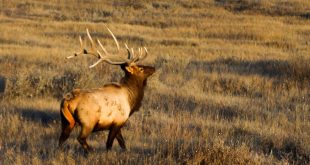
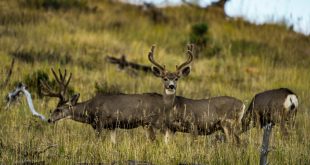
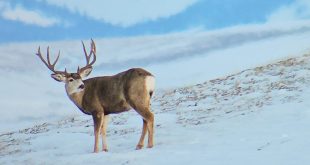
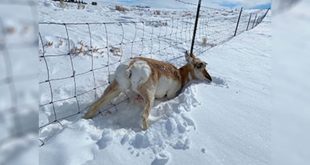
Thanks for this article, Brandon. I live in Michigan, and we are required to submit the entire head for testing (same in Wisconsin). A friend told me that he spoke with a biologist in Wyoming that told him CWD can be tested from a simple saliva swab. Is this true? I’m curious what the most modern methods of testing are.
We have been studying and tracking CWD in South Dakota for the past 20 years and the incident rates have gone up and down in individual units. One of the biggest issues to deal with are high concentrations of big game in confined areas which may increase incidence rates. I believe we are going to live with this disease continue tracking and improve detection.